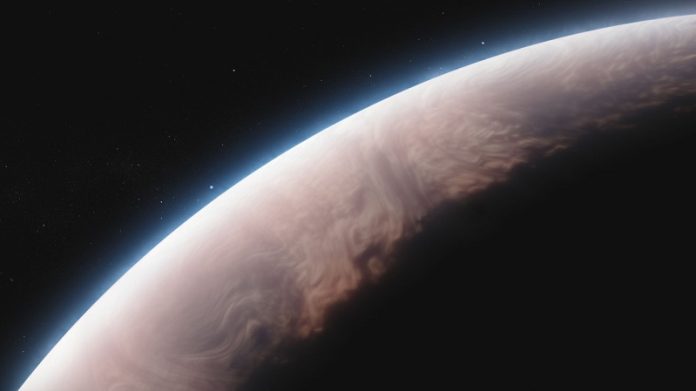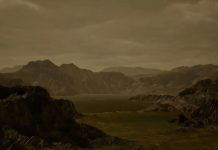
NASA’s James Webb Space Telescope, or simply Webb, has made an astonishing discovery! On a massive, faraway planet named WASP-17 b, scientists have found traces of tiny quartz crystals.
This is big news because it’s the first time we’ve ever seen such particles in the atmosphere of a planet outside our solar system.
How far away is this planet, you ask? It’s a whopping 1,300 light-years from Earth! If you think that’s a long way, you’re absolutely right.
A light-year is the distance light travels in a whole year, and light is super fast!
Let’s talk about the crystals. Imagine you plucked a hair from your head and lined up these quartz particles side by side across its width.
You’d be able to fit a staggering 10,000 of them! They are so tiny – only about 10 nanometers in size. These findings were shared in a research paper in the Astrophysical Journal Letters.
Now, how did the scientists figure all this out? They used both the Webb telescope and another one called Hubble. By studying how light from the planet’s star changed as WASP-17 b passed in front of it, the team could tell what the planet’s atmosphere was made of.
And guess what? They found an unusual increase in the light at a specific wavelength, which hinted at the presence of these quartz crystals.
You might be wondering why this is special. Well, scientists thought that clouds on such planets would be made of different stuff, like magnesium silicates or aluminum oxide. But the Webb telescope found something totally unexpected: quartz.
The uniqueness of Webb is that it can spot these crystals’ tiny effects on starlight from a vast distance – over 7 million billion miles away!
This discovery has changed the way we think about clouds on these distant planets. Rather than seeing materials we often find on other planets, like olivine and pyroxene, we’re spotting the raw materials, or building blocks, of these materials – pure silica.
Let’s take a closer look at WASP-17 b. It’s a giant! It’s more than seven times bigger than Jupiter, the largest planet in our solar system. But it’s also very light in weight, even lighter than half of Jupiter’s weight. It orbits its star super quickly, in just 3.7 days!
This quick movement and its big size make it perfect for a kind of study called “transmission spectroscopy”. This study is like a detective work where scientists look at how a planet’s atmosphere changes starlight to learn what it’s made of.
Now, here’s another interesting bit. The tiny quartz crystals on this massive planet didn’t come from a rocky surface like the minerals in Earth’s clouds.
They formed directly in the atmosphere. David Grant from the University of Bristol explained that WASP-17 b is super hot – about 2,700 degrees Fahrenheit. Also, it’s less pressurized up there. So, in such conditions, these crystals can form right from the gas without turning into liquid first.
The research team, excited about their discovery, hopes to study WASP-17 b more to get an even clearer picture of its atmosphere. They’re also looking at other planets to see if there are more surprises in store!
In summary, with the help of the Webb and Hubble telescopes, scientists have found quartz crystals in the clouds of a gigantic, distant planet named WASP-17 b.
This discovery gives us a fresh perspective on how clouds on such faraway planets form and what they’re made of. The universe is vast, mysterious, and full of wonders waiting to be explored!
Follow us on Twitter for more articles about this topic.
Source: Cornell University.



